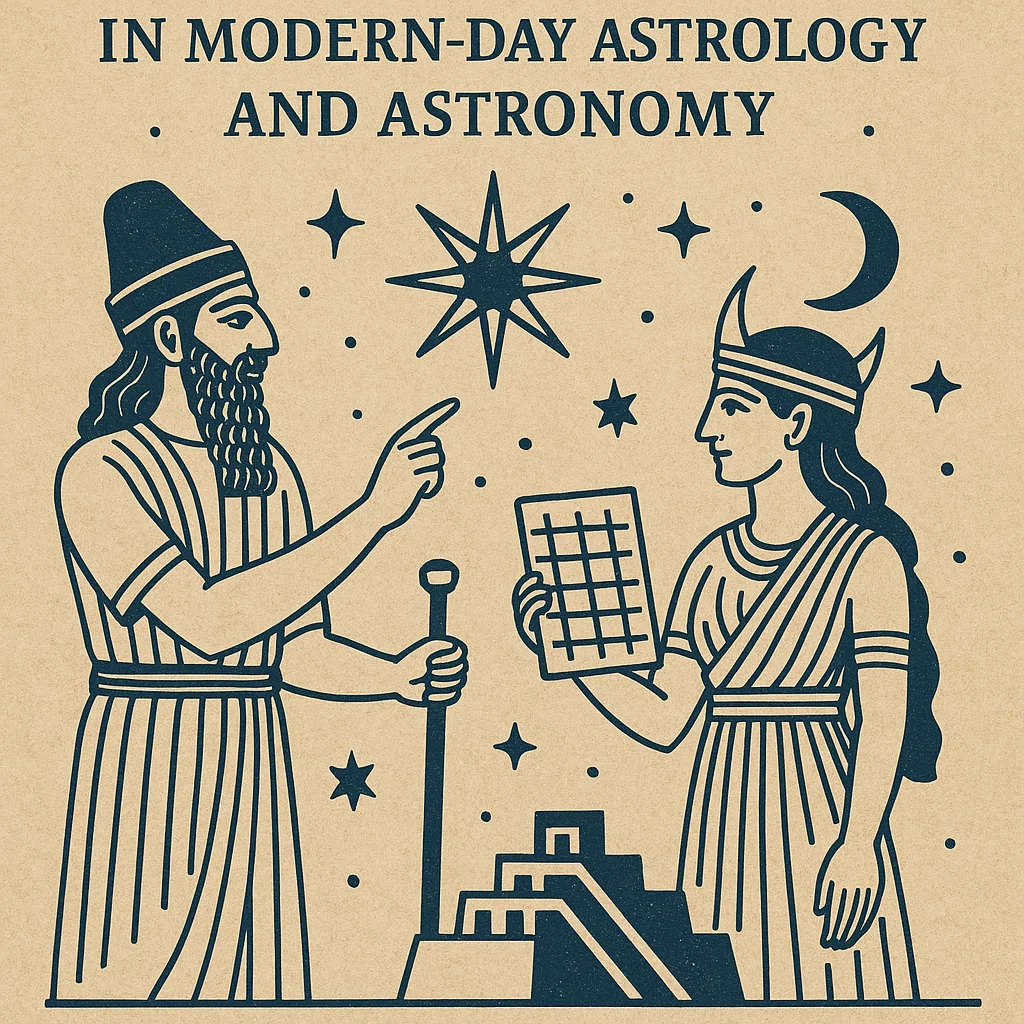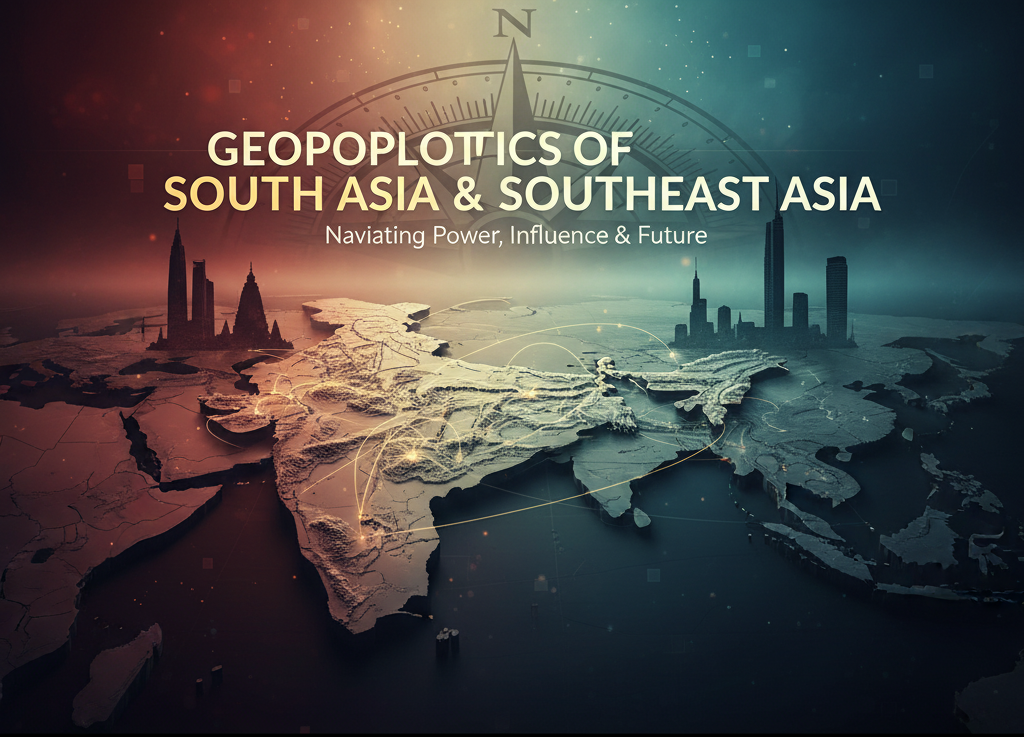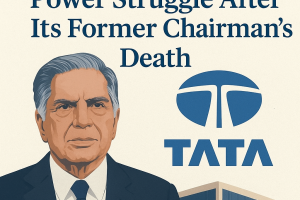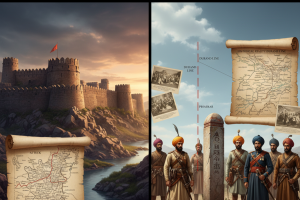
European Union Real Estate Market: Growth Opportunities, Challenges, and Data-Driven Insights
Explore the data-driven insights into the European Union’s real estate markets with this comprehensive analysis. Discover growth opportunities in thriving economies and regulatory challenges in Southern Europe. Gain valuable insights into technological advancements, urbanization trends, and sustainability initiatives shaping the future of real estate across the EU.




















